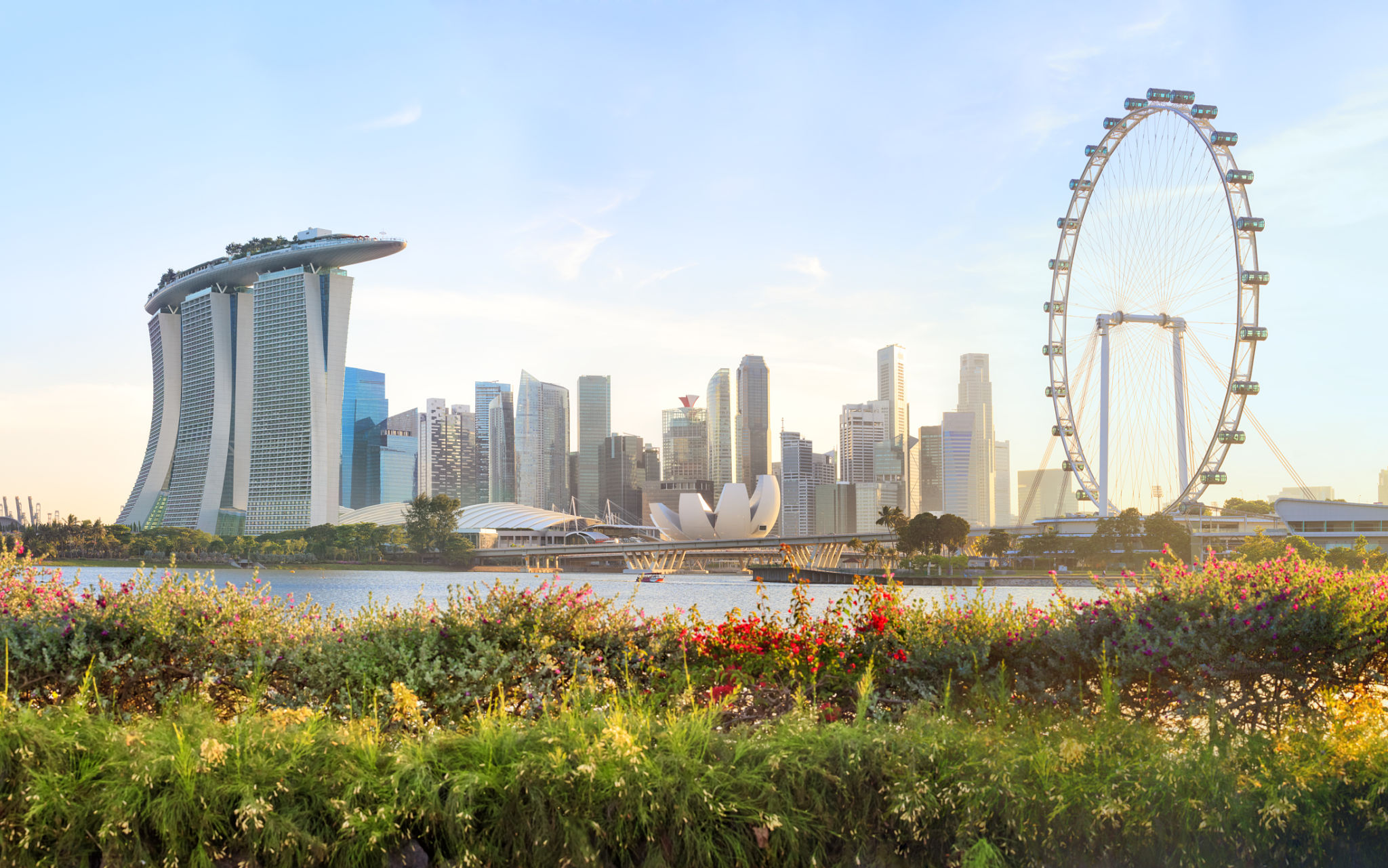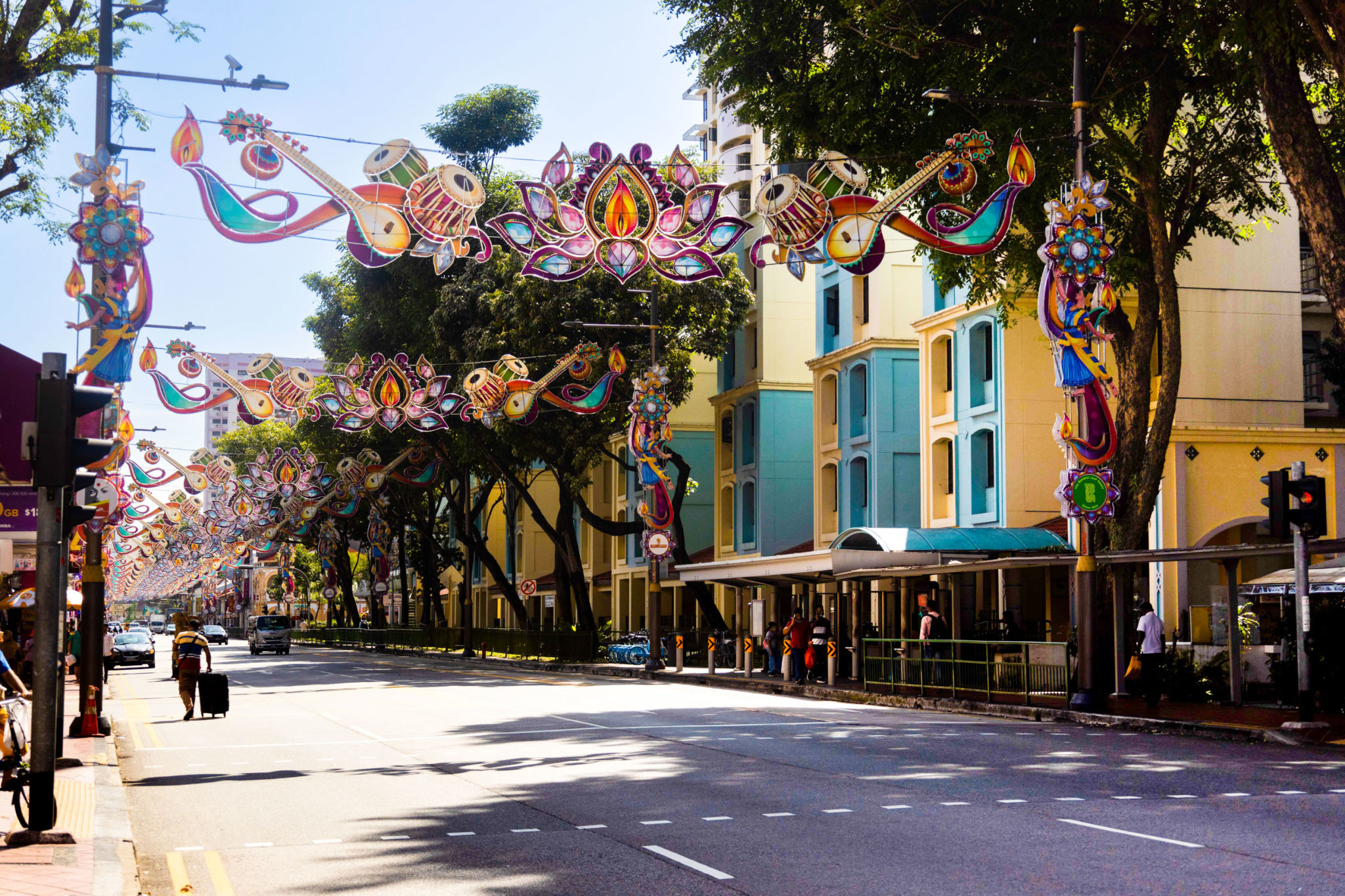Sustainable Art in Singapore: Local Initiatives and Community Impact
Embracing Sustainable Art in Singapore
Singapore, a bustling hub of innovation and creativity, is making significant strides in promoting sustainable art. As environmental concerns gain prominence, local artists and initiatives are taking the lead in integrating sustainability into their work. This movement not only enhances the aesthetic value of art but also underscores a commitment to environmental responsibility.

Local Artists Leading the Way
Many artists in Singapore are adopting eco-friendly practices, using materials that are recycled, upcycled, or sustainably sourced. By exploring alternative materials, these artists are redefining the boundaries of traditional art forms. Their work often includes the use of discarded items such as plastic bottles, electronic waste, and organic materials.
Notable local artists like Tan Zi Xi, known for her installation work made from ocean waste, and Agnes Lim, who uses organic materials, are paving the way for a new genre of environmentally conscious art. They are inspiring a new generation of artists to think critically about their impact on the planet.
Community Initiatives and Collaborations
Beyond individual efforts, community initiatives play a crucial role in advancing sustainable art. Organizations and collectives are emerging to foster collaboration among artists, environmentalists, and the public. These groups organize workshops, exhibitions, and public installations that encourage community participation and awareness.

One such initiative is the Art For Good project, which focuses on using art to address social and environmental issues. These initiatives often involve community members in creating artworks that convey powerful messages about sustainability and conservation.
The Role of Educational Institutions
Educational institutions in Singapore are also contributing to the sustainable art movement by incorporating eco-friendly practices into their curricula. Art schools and universities offer courses that focus on sustainability in art, encouraging students to explore innovative ways to create art responsibly.
These programs not only equip students with the necessary skills but also instill a sense of environmental stewardship. By emphasizing sustainability, educational institutions are preparing future artists to make meaningful contributions to society.

Sustainable Art's Impact on Society
The impact of sustainable art extends beyond the art community. By making sustainability a central theme, these initiatives raise awareness about environmental issues and inspire action among the broader population. Art has the power to communicate complex ideas in an accessible manner, making it an effective tool for advocacy.
Furthermore, sustainable art projects often attract tourists and locals alike, boosting economic activity while promoting eco-friendly practices. This synergy between art and sustainability creates a ripple effect that benefits society as a whole.
Future Prospects for Sustainable Art
As Singapore continues to champion sustainability, the future of sustainable art looks promising. With growing support from government bodies, private organizations, and the public, this movement is poised to make a lasting impact on both the environment and the cultural landscape.
The integration of technology into sustainable art practices offers exciting possibilities for innovation. By leveraging digital tools, artists can create interactive installations that engage audiences in novel ways.

In conclusion, sustainable art in Singapore is more than just an artistic trend; it is a reflection of a broader commitment to environmental stewardship. By supporting local initiatives and encouraging community involvement, Singapore is setting an example for how art can play a pivotal role in shaping a sustainable future.